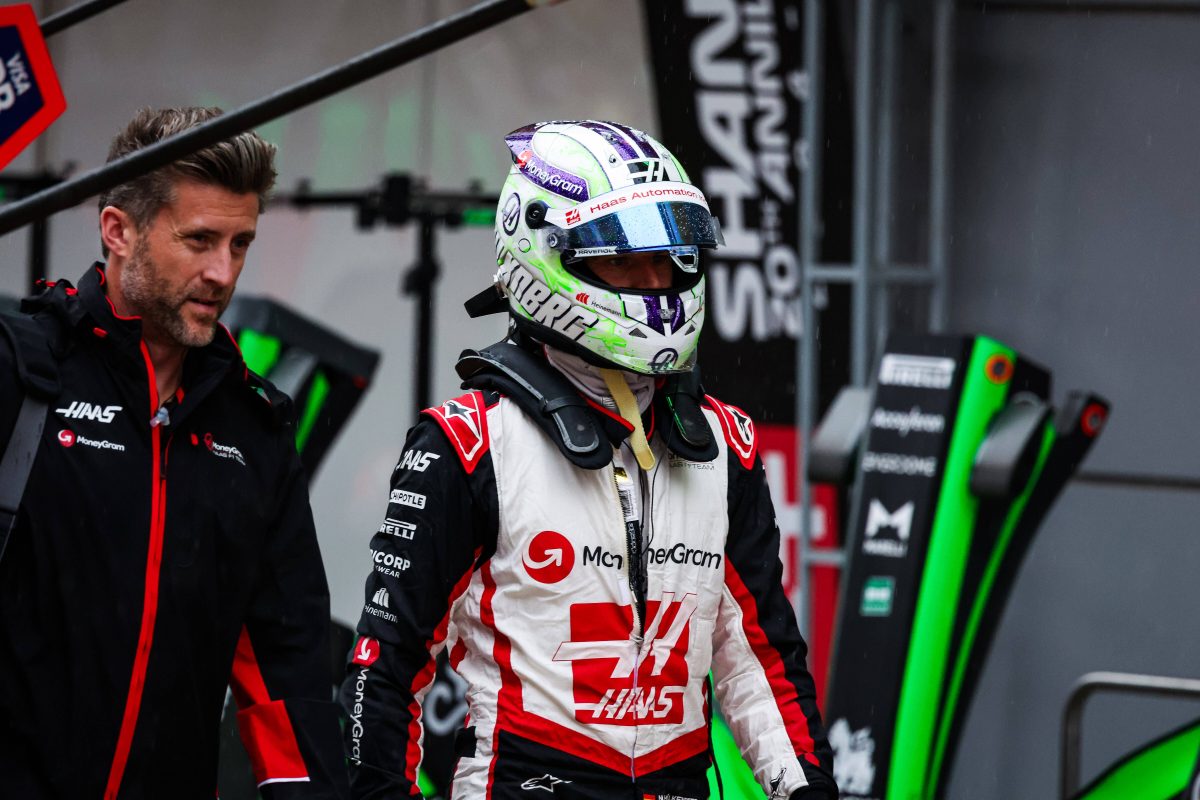One percent beats 60 percent: For the first time since the statistics were introduced 30 years ago, high-income earners in the United States own more wealth than the entire middle class. According to the Federal Reserve Board of Washington, 27 percent of the nation’s real estate, stocks and corporate assets were in the hands of the highest-income population in June. The average 60 percent of households, which economists consider middle-class, came to just 26.6 percent. For the families and individuals affected, a new low was reached after a long descent: in 1990, the numerically largest group in society owned 36 percent of total assets—more than twice the high-income earners, who had just come in. Less than 17 percent.
These numbers are a wake-up call for politicians, because they show what many people in the country have intuitively felt for so long: The middle class is losing stability, being hit harder by recessions, and benefiting less from an economic recovery than the rich. Middle income also protects against financial hardship and social decline in a lesser quality than in previous decades. This experience is not the main cause, but it is a critical factor in the rise of populists like Donald Trump, the deviation from society and the internal struggles for direction between Democrats and Republicans.
The group of all-earners includes 1.3 million of the total 130 million households in the United States. Their annual income is more than 500 thousand dollars (430 thousand euros), with salaries many in the millions, some in the billions. The pandemic has made the group richer because nearly everyone owns real estate and securities and many also own their own companies. You benefit greatly from the massive increases in home and stock prices as well as tax cuts in past decades. There have also been loopholes in the tax code, which are still very large, and will benefit primarily high-income earners.
The middle class especially suffers from high rents in the big cities
The situation is very different in the middle class, which includes about 78 million families with annual incomes between about 27,000 and about $141,000. Now one can safely object that there are very significant differences between a single mom of $30,000 and a high-income family of $130,000 a year. However, what unites people is that they usually do not receive any assistance from the state, bear the majority of the tax burden and, in principle, exhibit similar consumer behavior. Also, a much larger proportion of those infected do not live in their homes. The financial pressure caused by the large increase in rents, especially in large cities such as San Francisco, Los Angeles and New York, is correspondingly great.
In 1991, the middle class still owned 44 percent of the country’s total real estate assets. In the case of stocks and company assets, the ratios were 21 percent and 22 percent, respectively. Today it’s 38 percent for real estate, 12 percent for stocks, and 13.5 percent for corporate assets — a significant drop that has contributed to the fact that more and more middle-class parents no longer believe their children will one day have it better than them. Nathan Sheets, chief economist at Citigroup, told Bloomberg. an agency. This realization is also the critical reason why President Joe Biden’s government is now pushing one reform after another.
In fact, Biden wants to spend about six trillion dollars over ten years to overcome the economic consequences of the pandemic, modernize infrastructure, promote the country’s environmental restructuring and, above all, support families. For the first time, there will be a permanent entitlement to children; According to the plans, daycare for three- and four-year-olds will be free as well as a two-year basic course at the state’s community college. Biden wants to pay for the programs, among other things, by raising taxes for the wealthy. But as Democratic Senators Kirsten Senema and Joe Manchin stubbornly block parts of the plans, many have given up hope of a real top-down redistribution. Many Republicans – including those in the middle class – reject this in any case as an infringement of individual liberty.

“Tv expert. Hardcore creator. Extreme music fan. Lifelong twitter geek. Certified travel enthusiast. Baconaholic. Pop culture nerd. Reader. Freelance student.”







More Stories
Kansai Airport in Osaka: Not a single piece of luggage has been lost since it opened 30 years ago
Federal Chancellor Karen Keller Souter wants more bank stocks – News
What are the opportunities available to the company?